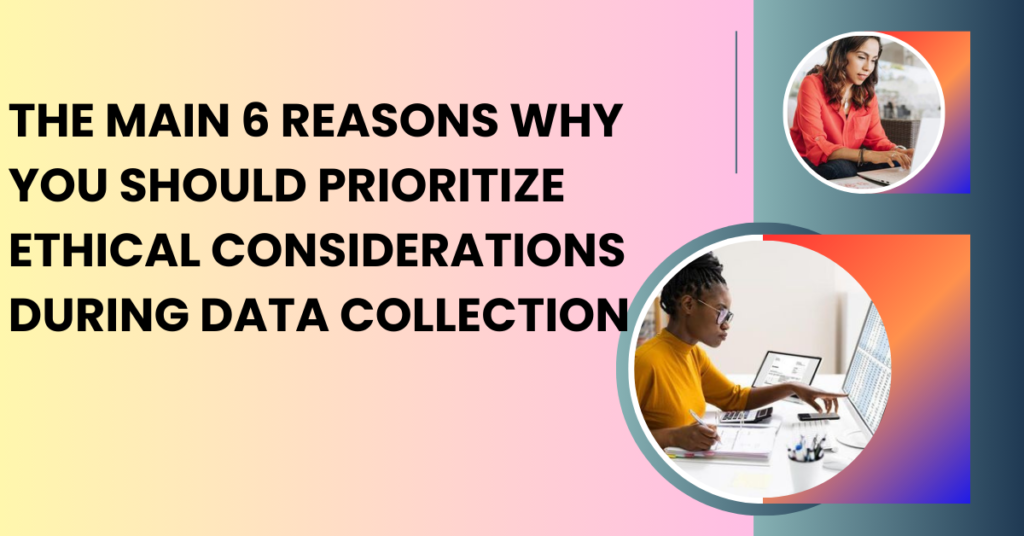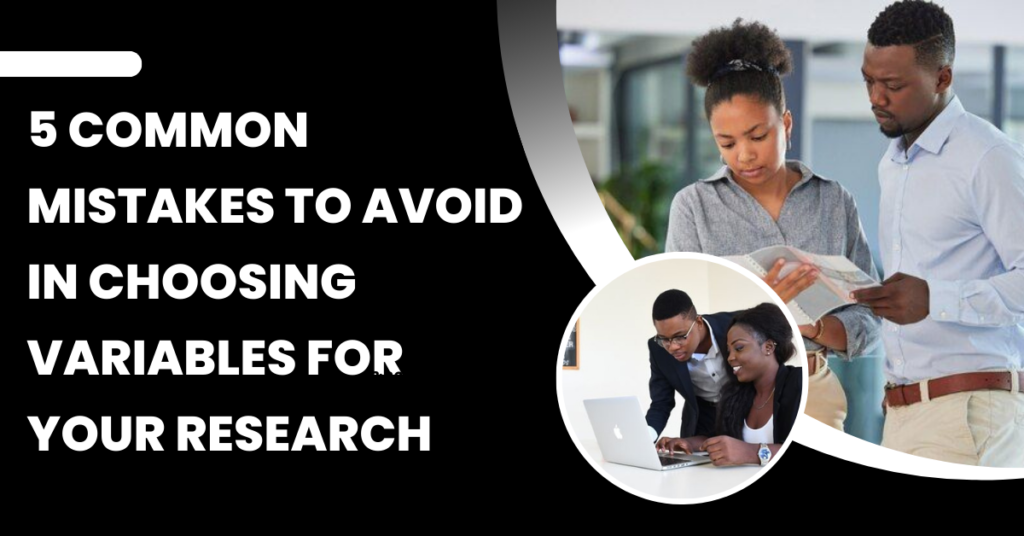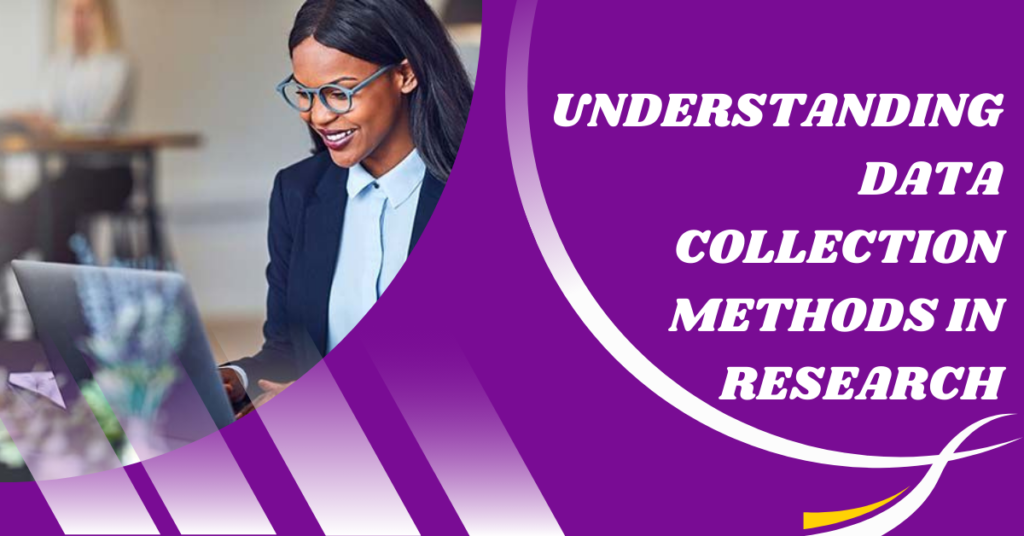 Menu
Facebook-f
Twitter
Google-plus-g
Menu
Facebook-f
Twitter
Google-plus-g
Understanding Data Collection Methods In Research

Data collection is a crucial step in the research process, as the quality of the data collected determines the validity and reliability of the study’s outcomes. Choosing the right data collection method is essential for capturing accurate, relevant, and comprehensive data that addresses the research questions or hypotheses. This guide will explore the key data collection methods researchers should know, offering insights into their applications, advantages, and potential challenges.
- Surveys and Questionnaires
Overview:
Surveys and questionnaires are among the most widely used data collection methods, particularly in social sciences, marketing research, and public health studies. They involve asking a series of structured or semi-structured questions to a sample of respondents to gather information on their opinions, behaviors, attitudes, or demographics.
Types of Surveys:
- Self-administered Surveys: These are completed by respondents on their own, typically through online platforms, mailed questionnaires, or paper forms.
- Interviewer-administered Surveys: Conducted by an interviewer either face-to-face or via telephone, ensuring that respondents understand the questions and provide accurate answers.
Advantages:
- Cost-effective: Especially with online or mailed surveys, large amounts of data can be collected at a relatively low cost.
- Standardization: Ensures consistency in questions and answers, facilitating easier data analysis.
- Anonymity: Can encourage honest responses, particularly in sensitive topics.
Challenges:
- Response Rates: Low response rates can be a challenge, particularly for mailed or online surveys.
- Bias: Potential for response bias, where respondents may provide socially desirable answers rather than truthful ones.
When to Use:
Surveys and questionnaires are ideal for studies requiring standardized information from large groups, such as public opinion research or customer satisfaction studies.
- Interviews
Overview:
Interviews involve direct, personal communication between the researcher and the participant, allowing for a deeper understanding of the respondent’s perspectives. Interviews can be structured, semi-structured, or unstructured, depending on the level of flexibility in questioning.
Types of Interviews:
- Structured Interviews: Follow a predefined set of questions with little to no deviation, ensuring consistency across all participants.
- Semi-Structured Interviews: Combine predetermined questions with the flexibility to explore topics that arise during the conversation.
- Unstructured Interviews: Allow the interviewer to engage in a free-flowing conversation, exploring topics in depth without a fixed set of questions.
Advantages:
- Depth of Information: Allows for rich, detailed data collection, particularly in exploratory research.
- Clarification: Interviewers can probe further or clarify responses, reducing misunderstandings.
- Flexibility: Particularly in semi-structured and unstructured interviews, the conversation can evolve based on the respondent’s answers.
Challenges:
- Time-Consuming: Conducting and transcribing interviews can be labor-intensive and time-consuming.
- Interviewer Bias: The interviewer’s tone, phrasing, or body language can influence the respondent’s answers.
When to Use:
Interviews are particularly useful in qualitative research where in-depth exploration of participants’ thoughts, experiences, and feelings is needed, such as in case studies or ethnographic research.
- Focus Groups
Overview:
Focus groups involve guided discussions with a small group of participants, typically 6-12 people, led by a moderator. This method is used to gather opinions, beliefs, and attitudes about a particular topic through group interaction.
Advantages:
- Group Dynamics: The interaction among participants can lead to the emergence of new ideas and insights that might not surface in individual interviews.
- Rich Data: Provides a wealth of qualitative data from multiple perspectives in a single session.
- Efficiency: Multiple participants can be interviewed simultaneously, saving time compared to individual interviews.
Challenges:
- Groupthink: Participants may conform to dominant views in the group, leading to less diversity in opinions.
- Moderator Influence: The moderator’s skill in managing the discussion can significantly impact the quality of the data collected.
- Logistics: Organizing and conducting focus groups can be logistically challenging, especially if participants are geographically dispersed.
When to Use:
Focus groups are ideal for exploratory research, concept testing, or gathering diverse opinions on a specific issue, such as in market research or policy development.
- Observations
Overview:
Observation involves systematically watching and recording behaviors, events, or conditions in a natural or controlled environment. This method is often used in studies where direct interaction with participants is not feasible or where behavior needs to be observed in its natural setting.
Types of Observation:
- Participant Observation: The researcher becomes a part of the group or setting being studied, often used in ethnographic research.
- Non-Participant Observation: The researcher observes the group or setting from a distance, without becoming involved.
- Controlled Observation: Takes place in a controlled environment, such as a laboratory, where variables can be manipulated.
Advantages:
- Real-Time Data: Provides firsthand data on behaviors and events as they occur, reducing reliance on self-reports.
- Contextual Understanding: Offers a deeper understanding of the context in which behaviors occur, particularly in natural settings.
- Unbiased Data: Since participants may be unaware of being observed (in non-participant observation), the data collected is less likely to be influenced by observer bias.
Challenges:
- Observer Bias: The researcher’s expectations or presence can inadvertently influence the observations.
- Ethical Concerns: Especially in covert observations, ethical issues may arise concerning the participants’ consent and privacy.
- Time-Consuming: Observation can be time-intensive, particularly in participant observation or longitudinal studies.
When to Use:
Observation is particularly useful in studies involving behaviors, social interactions, or environmental conditions, such as in anthropology, sociology, or behavioral sciences.
- Experiments
Overview:
Experiments involve manipulating one or more independent variables to observe their effect on a dependent variable, allowing researchers to establish causal relationships. Experiments can be conducted in controlled environments (laboratory experiments) or in natural settings (field experiments).
Types of Experiments:
- Laboratory Experiments: Conducted in a controlled environment where variables can be precisely manipulated.
- Field Experiments: Conducted in a natural setting, providing more ecological validity but less control over variables.
Advantages:
- Causality: Experiments are the most reliable method for establishing cause-and-effect relationships between variables.
- Control: The researcher can control extraneous variables, increasing the internal validity of the study.
- Replication: Experiments can be replicated by other researchers, allowing for verification of results.
Challenges:
- Artificiality: Laboratory experiments may lack ecological validity, as the controlled setting might not reflect real-world conditions.
- Ethical Issues: Manipulating variables, particularly in human subjects, can raise ethical concerns, especially if it involves deception or potential harm.
- Complexity: Designing and conducting experiments can be complex, requiring careful planning and control over variables.
When to Use:
Experiments are best suited for research questions involving causal relationships, such as in psychology, medicine, or education studies.
- Secondary Data Analysis
Overview:
Secondary data analysis involves using existing data that has been collected by other researchers, organizations, or government agencies. This method is particularly useful when collecting primary data is not feasible due to time, cost, or ethical considerations.
Types of Secondary Data:
- Quantitative Data: Includes numerical data from surveys, censuses, or administrative records.
- Qualitative Data: Includes textual data from interviews, focus groups, or historical documents.
Advantages:
- Cost-Effective: Secondary data is often readily available and less expensive to obtain than collecting new data.
- Time-Saving: Using existing data can save time, allowing researchers to focus on analysis rather than data collection.
- Broad Scope: Secondary data can provide access to large, nationally representative datasets that would be difficult to collect independently.
Challenges:
- Relevance: The data may not perfectly align with the research questions or objectives, limiting its usefulness.
- Data Quality: The researcher has no control over the data collection process, which may affect the accuracy, reliability, or completeness of the data.
- Ethical Concerns: Using data without appropriate permissions or understanding the context of its collection can raise ethical issues.
When to Use:
Secondary data analysis is ideal when resources are limited, or when studying trends over time using data from previous studies or large-scale surveys.
- Case Studies
Overview:
Case studies involve an in-depth examination of a single case or a small number of cases, often using multiple data collection methods such as interviews, observations, and document analysis. Case studies are particularly useful for exploring complex issues in real-life contexts.
Types of Case Studies:
- Exploratory Case Studies: Used to explore new areas where little is known, often as a precursor to more detailed research.
- Descriptive Case Studies: Provide a detailed account of a particular case, offering insights into its context and processes.
- Explanatory Case Studies: Aim to explain the causal relationships within the case, often using multiple data sources.
Advantages:
- Depth of Understanding: Case studies provide rich, detailed data that can offer deep insights into complex issues.
- Contextual Analysis: Allows researchers to explore the case within its real-life context, considering multiple factors.
- Flexibility: Case studies can adapt to changes in the research focus, allowing for an evolving exploration of the topic.
Challenges:
- Generalizability: Findings from case studies may not be generalizable to other cases or populations.
- Time and Resource Intensive: Conducting a case study can be time-consuming and require significant resources, particularly when using multiple data sources.
- Subjectivity: The researcher’s interpretation of the case can introduce bias, particularly in qualitative case studies.
When to Use:
Case studies are ideal for exploring complex issues, developing theories, or gaining a deep understanding of a particular case, such as in business, education, or healthcare research.
Conclusion
Choosing the right data collection method is crucial to the success of any research project. Each method has its strengths and limitations, and the choice will depend on the research questions, objectives, available resources, and the nature of the study. By understanding these key data collection methods, researchers can select the most appropriate approach to gather accurate, reliable, and relevant data that will contribute to meaningful research outcomes.




















Address List
- Makerere Hill Road, Ham Towers
- +256-703947778
- info@professionalwriters.shop
Social Networks
Links List
Professional Writers Inc.
Turning Ideas Into Reality
Online Academic Research Writing Training [Free]
JOIN NOW

